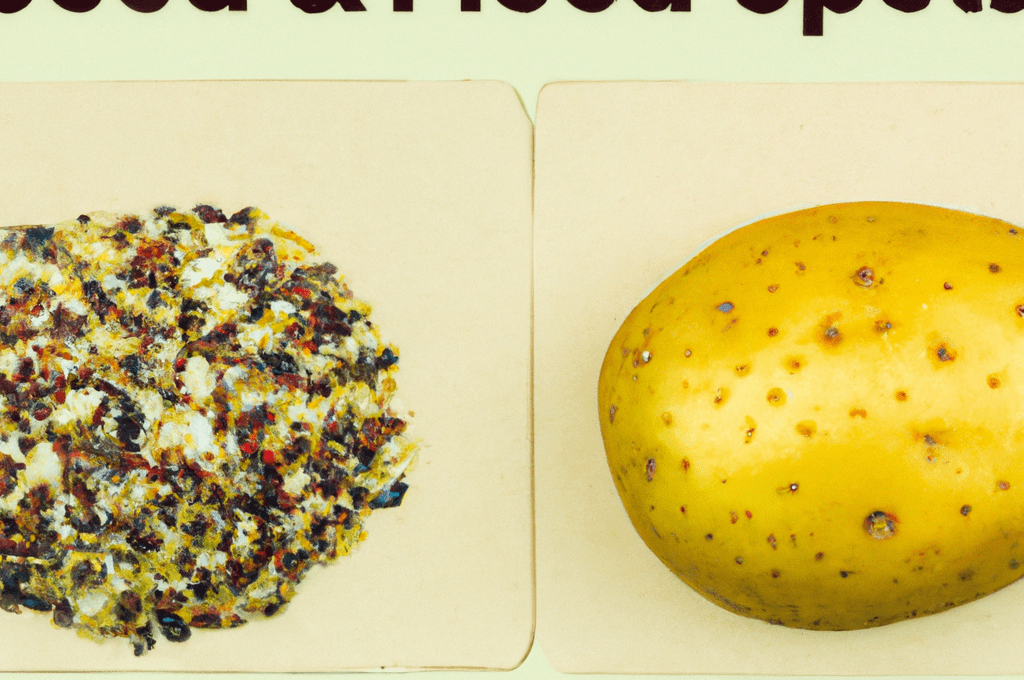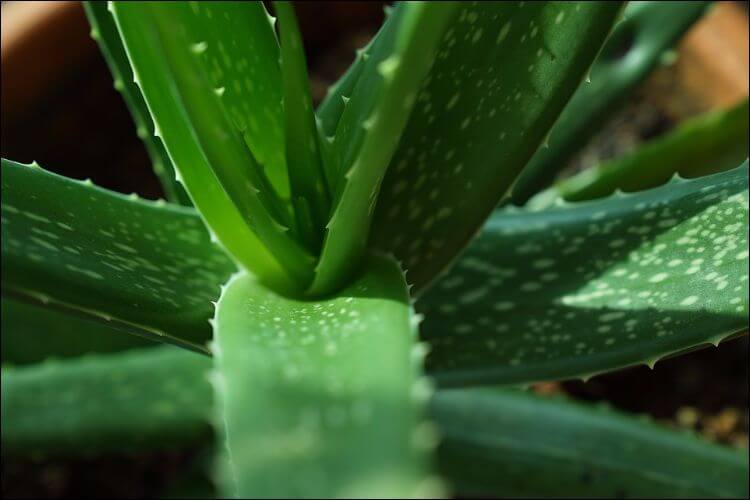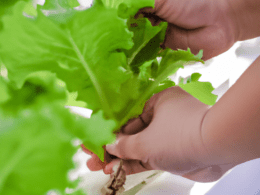Are you planning to grow potatoes in your garden? If so, you might be wondering if you should use seed potatoes or regular ones.
Seed potatoes are specially grown for planting and are free from diseases, ensuring a healthy harvest. Regular potatoes, on the other hand, may be treated with sprout inhibitors and may not produce as bountiful of a harvest.
In this article, we’ll explore the differences between seed potatoes and regular potatoes, so you can make an informed decision and have a successful potato-growing experience.
When it comes to planting potatoes, using seed potatoes instead of regular ones can make a big difference in the quality and yield of your crop. Seed potatoes are cultivated to be disease-free, ensuring a healthy and safe harvest for you and your family.
Regular potatoes, on the other hand, may be treated with sprout inhibitors, which can affect the growth of your plants and the quality of your harvest. By using seed potatoes, you can be confident that your potato crop will be healthy and safe to eat.
So, let’s dive in and explore the advantages of seed potatoes and why they may be the best choice for your potato-growing needs.
Quick Summary
- Seed potatoes are specifically grown for planting to produce a new potato crop, while regular potatoes are usually found at grocery stores.
- Certified seed potatoes are cultivated to be disease-free and go through a rigorous testing process to ensure they are free from potential crop-destroying diseases or pests.
- The final harvest from certified seed potatoes will be more abundant and the tubers will be extra tasty compared to regular potatoes used for seed.
- Small growers may unknowingly transfer diseases or viruses from one crop to the next when reusing potatoes from last season’s harvest for seed, while homegrown seed potatoes are safe to eat if they haven’t already sprouted or have green flesh.
Advantages of Seed Potatoes
If you want to ensure disease-free and abundant potato harvests, you should consider using seed potatoes. These potatoes are specifically grown and cultivated for cutting or planting, which means they’ve been carefully monitored and tested to be free from any potential crop-destroying diseases or pests.
Not only do seed potatoes have natural growing points that can sprout new plants, but they also produce more flavorful and larger potatoes compared to regular potatoes.
To get the best results from your seed potatoes, here are a few growing tips and storage recommendations. First, it’s important to plant your seed potatoes in well-drained soil and in an area that receives plenty of sunlight. Make sure to space them out properly and cover them with a few inches of soil. Throughout the growing season, keep the soil moist but not waterlogged.
When it comes time to harvest, store your seed potatoes in a cool, dark, and dry place to prevent them from sprouting before you’re ready to plant them again. With these simple tips and the use of seed potatoes, you can ensure a healthy and productive potato harvest.
Seed Potatoes vs Regular Potatoes
You can find certified seed potatoes at garden centers or online, while regular potatoes are typically found at grocery stores. The difference between the two is that seed potatoes are specifically grown for cutting or planting to produce a new potato crop. They are grown in ideal conditions and cultivated to be disease-free, ensuring that the final harvest will be more abundant and the tubers will be extra tasty. In contrast, regular potatoes may be treated with sprout inhibitors in commercial farming operations and may not have gone through the same rigorous testing process as seed potatoes.
To better understand the difference between seed potatoes and regular potatoes, take a look at this table:
| Seed Potatoes | Regular Potatoes |
|---|---|
| Specifically grown for cutting or planting | Grown for consumption |
| Cultivated to be disease-free | May be treated with sprout inhibitors |
| Grown in ideal conditions | Grown in a variety of conditions |
| Final harvest is more abundant and tasty | Harvest size may vary |
Seed potatoes are a great option for those who want to ensure disease resistance and optimal growing conditions for their potato crop. However, regular potatoes can still be used for planting, particularly for hobby gardeners who may not need a large harvest. Regardless of which type of potato you choose, it’s important to keep in mind the growing conditions and potential for disease resistance to ensure a successful harvest.
About Seed Potatoes
When considering planting potatoes, it’s important to know that seed potatoes are not true potato seeds but rather a clone of the mother plant. This means that each potato has about five eyes, which are natural growing points that can sprout a new plant.
When choosing seed potatoes, it’s essential to select disease-free and certified ones to ensure a bountiful harvest and extra tasty tubers.
To grow seed potatoes, start by cutting them into chunks with at least two eyes each. Allow the cut surfaces to dry for a day or two before planting them.
Plant the seed potatoes in well-draining soil, and make sure they receive enough sunlight and water. Different varieties of seed potatoes have different growing requirements, so research and follow the specific growing tips for the type of potato you’re planting.
With proper care, your seed potatoes will sprout and produce a plentiful and delicious potato crop.
Frequently Asked Questions
What is the best time of year to plant seed potatoes?
The best time to plant seed potatoes is when the soil temperature reaches around 50°F. Using certified seed potatoes ensures a disease-free crop and a higher yield. Choose well-draining soil with plenty of organic matter.
Can you grow seed potatoes in containers instead of the ground?
Yes, you can grow seed potatoes in containers. Container gardening is a great way to grow potatoes, especially for those with limited space. Choose potato varieties specifically bred for container gardening for best results.
How long do seed potatoes typically take to sprout after planting?
Seed potatoes typically take 2-3 weeks to sprout, depending on optimal conditions such as soil temperature, moisture, and sunlight. Keep them in a cool, dark place before planting to encourage sprouting.
Are there any specific techniques for cutting seed potatoes before planting?
To ensure good seed potatoes quality, use a sharp, clean knife to cut them into sections with at least one to two eyes each. Let the cut pieces dry for a day before planting to reduce the risk of disease.
Can you reuse seed potatoes from a previous season for planting?
If you want to ensure a healthy potato crop, it’s best to buy new seed potatoes. Reusing seed potatoes from a previous season can spread diseases and lead to a smaller harvest. Investing in certified seed potatoes is the safest option.








